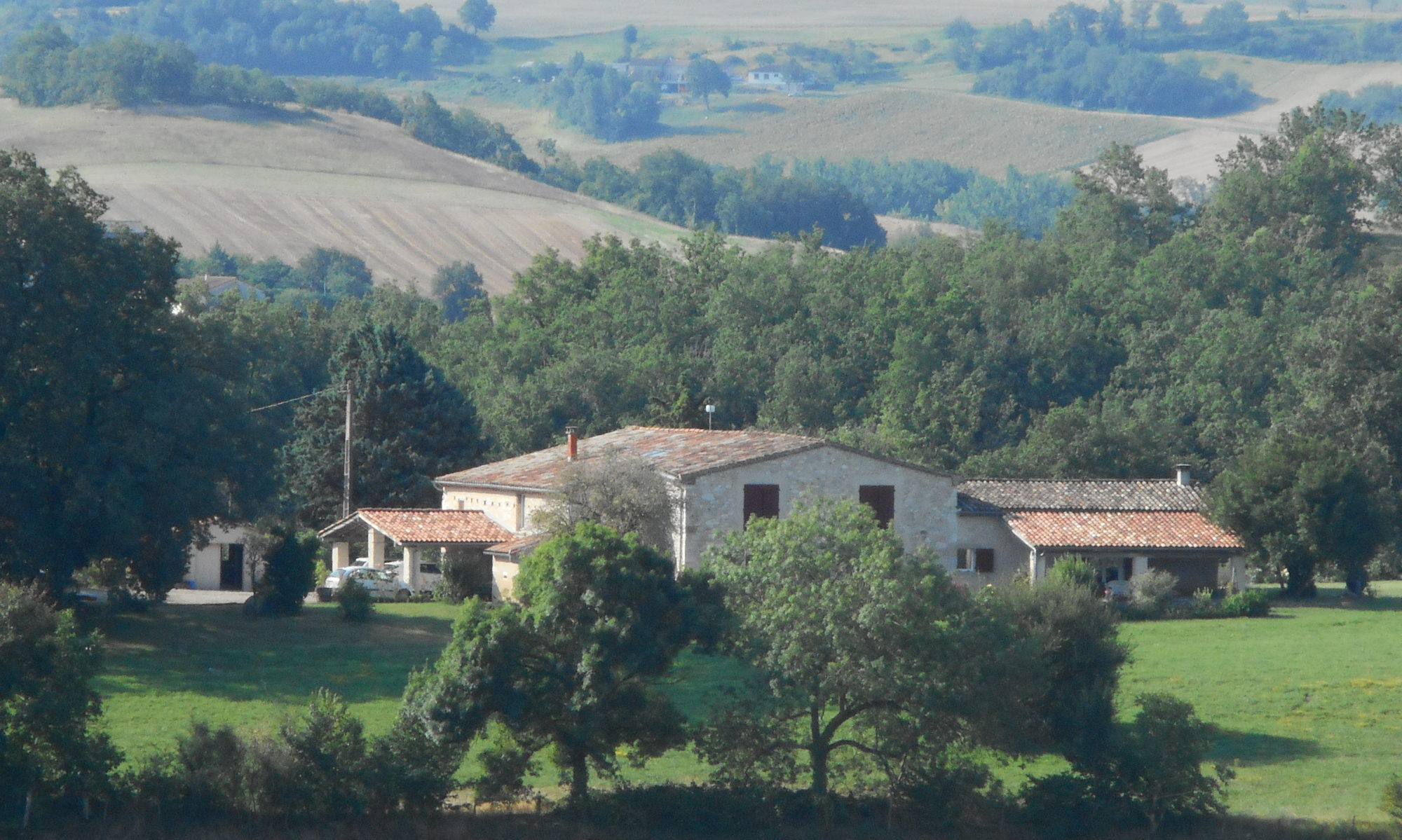Today you get a History lesson gleaned from various sources
Persian prince Siyavush, who built a citadel here shortly after marrying the daughter of Afrosiab in Samarkand, is the traditional founder of Bukhara city, but its growth has for centuries depended largely upon its strategic location on the crossroads to Merv, Gurganj, Herat, Kabul and Samarkand. The early town was taken by the Persian Achaemenids in the sixth century BC, by Alexander the Great in 329 BC and by the empires of the Hephalite and the Kushan.
Bukhara city was left largely unmolested until the fire-worshipping city was taken by Qutaiba in 709 in the first leg of his jihad against the lands beyond the Oxus (more about the Oxus and Alexander in a few days)
As usual Genghis Khan had a hand in what happened next. In March 1220 the Mongol tide of calamity was spotted outside Bukhara’s gates, its troops more numerous than locusts, each detachment like a billowing sea. Thirty thousand defensive troops sped to meet them and were slaughtered to a man. “From the reflection of the sun the plain seemed to be a tray filled with blood.” Their leader Genghis Khan, The Wind of God’s Omnipotence, rode to the Namazgokh Mosque, and proclaimed himself the Scourge of God. “If you had not committed great sins,” he said, “God would not have sent a punishment like me”.
The citadel was taken, the city put to the torch and razed to a level plain. No man was spared who stood higher than the butt of a whip. trains of slaves were seen snaking away from the charred remains of the holy town, to be employed as human shields in the forthcoming assault on Samarkand. (This was part of the Merv thing from a few days back remember when they killed his ambassador and he got pissed off with them)
Due to its ideal location on the famous Silk Road, Bukhara had long been a center of culture, religion, trade, and education. At one time in the history Bukhara was the largest city in the world with 300,00 people living in or around it. Described as a beautiful place full of vegetation and tree lined roads but including a protective wall which stretched of an incredible 30 km it was also very much a center of education and scholarly study. In fact, Bukhara became known throughout the East as The Center of Enlightenment. Many well-known philosophers, scholars, astrologers, educators and writers were either from Bukhara or came to this city to work and study. It was also an extremely important commercial center.
But by the time it was conquered by Genghis Khan, Bukhara had already been operating and flourishing for well over one thousand years. The only thing he spared was the Kalan Minaret, which actually still stands today.
The Kalan Minaret, one of the wonders of both the ancient and the modern world, stands nearly one hundred and fifty feet high. At one time this minaret served as a beacon to caravans on the Silk Road, letting them know they were approaching Bukhara.

Perhaps one of the most infamous episodes to take place hre was the killing of
British officers Col. Charles Stoddart and Capt. Arthur Conolly in 1842. Victims of a misunderstanding between the Emir of Bukhara and the British government (which failed to supply its emissaries with the appropriate gifts and royal letters of introduction), the two were imprisoned in the Bug Pit at the Zindan (city jail), then forced to dig their own graves before their ceremonial beheading in front of the Ark (the Emirs palace).
In 1848 it had no fewer than 38 caravanserais, six trading arcades, 16 public baths, and 45 bazaars. Bukhara was also the largest centre for Muslim theology with over two hundred mosques and more than a hundred medressehs.
This indeed was a place to rival Samarkand
